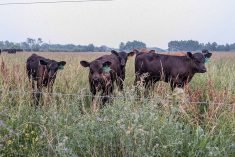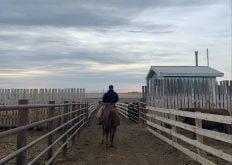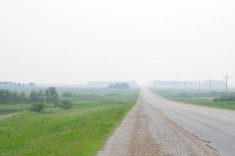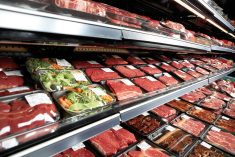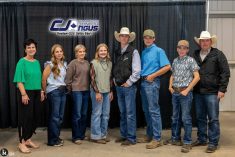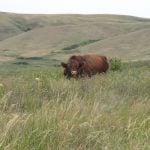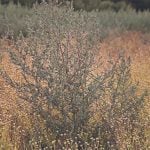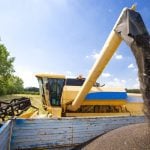With Olds College’s floating island technology project entering its third phase, researchers hope to find a more cost-effective way for livestock producers and feedlots to mitigate water contamination.
Olds College is becoming known for its Smart Farm, which started in 2018, to provide a commercial-scale venue for applied research. One of the research projects at the Smart Farm is the Floating Island Technology for Livestock Water for Remediation project.
The project focuses on water contamination from algae blooms and chemicals found in runoff. Native wetland plants grown on the floating islands are intended to keep nitrogen and phosphorus at healthy levels. When eutrophication occurs, a process that leads to excess nutrients in the water, plants on the floating islands remove unwanted nutrients.
Read Also
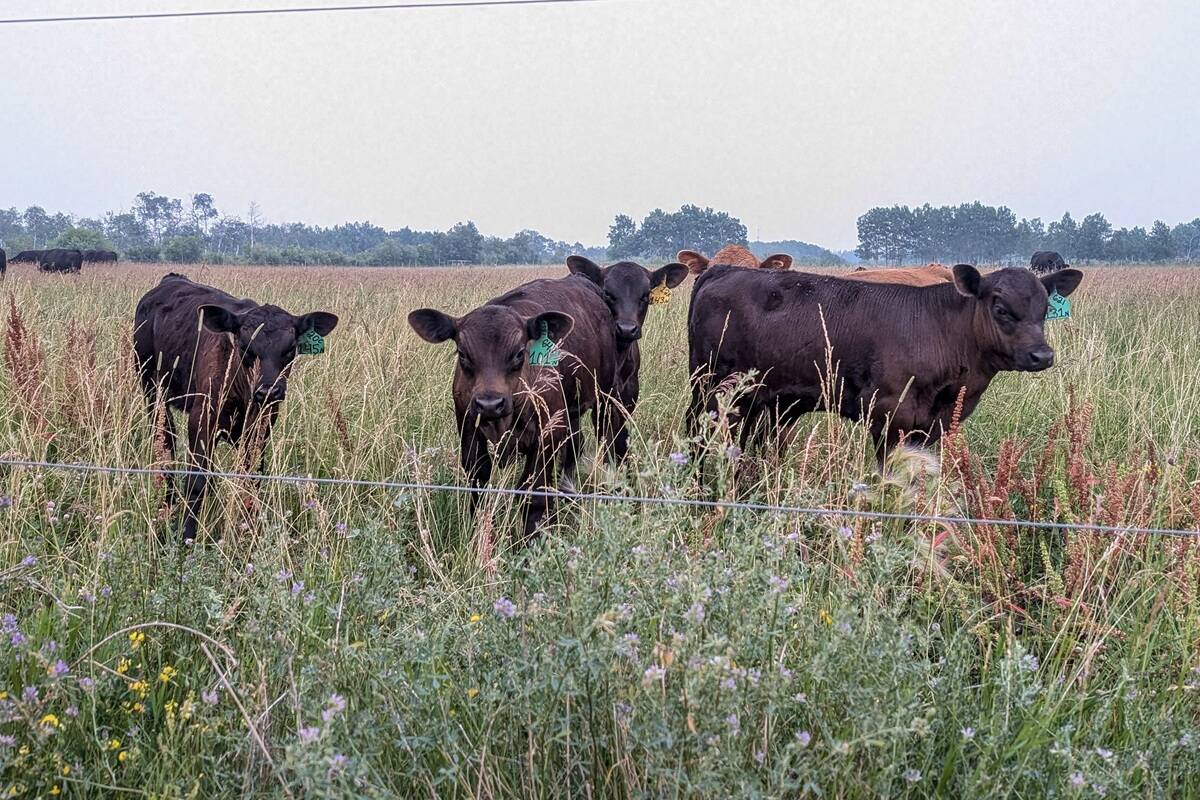
Methane-reducing solutions for beef cattle have a ways to go, say Canadian scientists
Companies developing vaccines that inhibit methane (CH4) production in cattle are facing challenges, say experts, and in the process finding their development is more complex than first thought.
“What we’re doing is we’re just exploiting natural processes to try and improve water quality on some of these feedlot sites,” says Dr. Daniel Karran, the principal investigator for phase three of the project. “We’re using wetland plants, which naturally take up a host of nutrients and other contaminants from the water in natural systems, and so we’re plugging these islands with a bunch of these plants.”
The floating islands consist of a soil medium inside a plastic liner. Plants are placed in the soil and grow straight into the water.
“So the roots form in (the soil medium) and then the roots will go towards the water source underneath. And then they develop pretty extensive root systems,” Karran says. “And those root systems act as kind of a filter to take out some of the contaminants that we’re targeting.”
Phase one took place in 2019 and looked at nutrient and contaminant uptake using a variety of plants. These included wheat sedge, water sedge, cattails and sweet flag. The experiment was done in a greenhouse, with the floating islands in large troughs filled with water.
Phase two, which took place from 2020-2021, used similar plants to treat feedlot runoff water — again in a greenhouse setting.
Now in the third phase, the islands are going to the field. The team at Olds College planned on monitoring the ponds earlier, but COVID delayed things.
“Last year was the first year that we collected our full baseline dataset,” Karran says. “So that was basically monitoring these ponds without the islands. And then in September, we installed the islands. So this summer is the first year that we’ll be collecting data on the ponds with the islands installed.”
Karran says they hope the project will provide an adaptable and low-cost method to reduce nutrient loads for feedlots and producers.
“A lot of the water that sits in these holding ponds, you can’t water the livestock with it,” Karran says. “And you can’t use it for irrigation because it’s currently too contaminated for that. And so the hope is that with the help of these islands, it’ll improve the water quality such that this water is available for use in the feedlot operations and the producer operations.”




